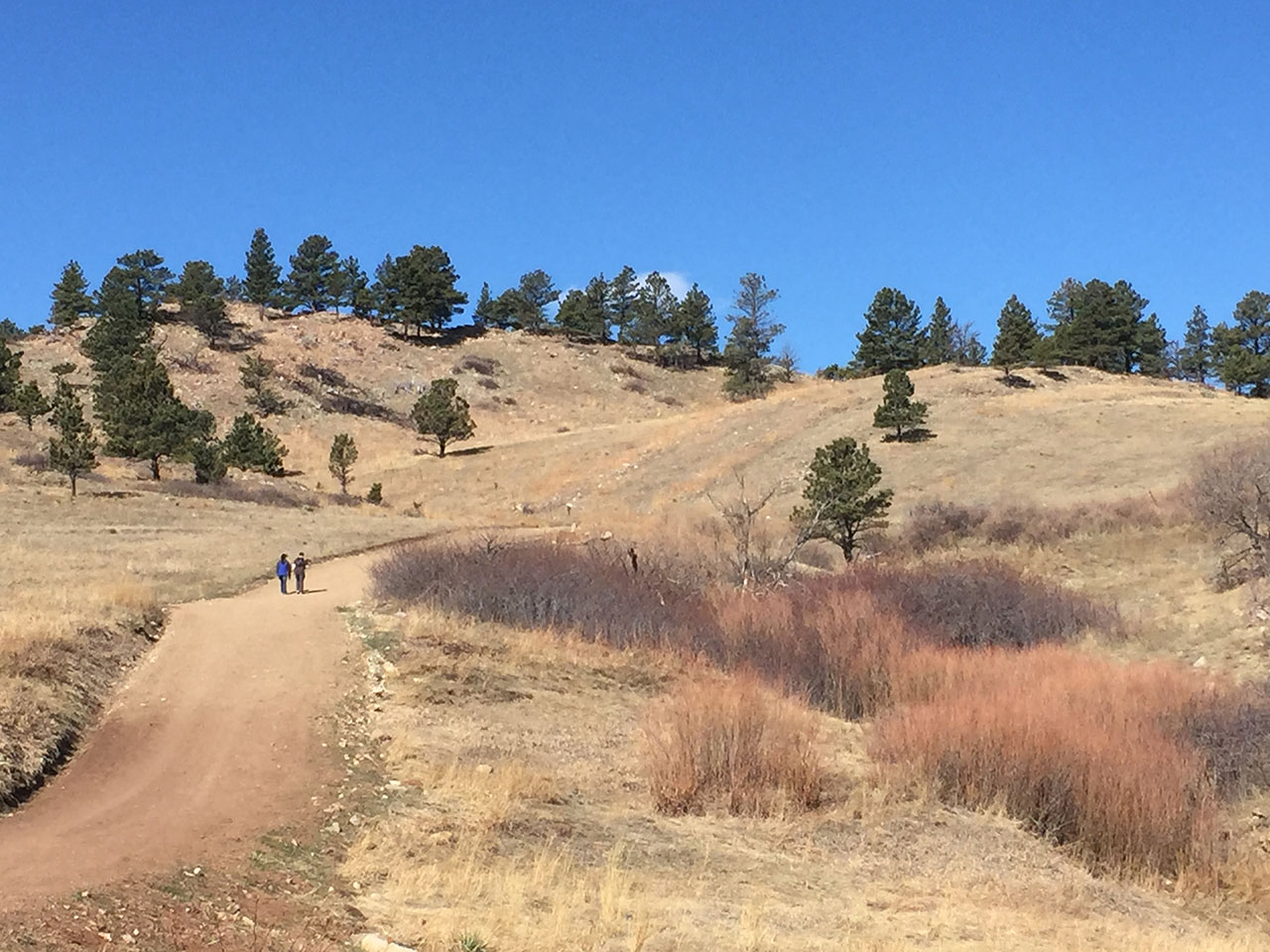The Local newsletter is your free, daily guide to life in Colorado. For locals, by locals.
Length: 3.8 miles roundtrip
Difficulty: Easy
Why we love it: This mellow trail explores the heart of a former Arabian horse ranch in the foothills between Lyons and Boulder
When to go: As soon as the trails are dry!
Pre-hike buzz: Stop at Spruce Confections in North Boulder for steaming coffee, flaky croissants, and crunchy, house-made granola
Restrooms: None available
Dogs: Must be leashed on Joder Ranch
In 2013, Boulder Open Space and Mountain Parks purchased the Joder Ranch, a 330-acre parcel of land nestled beneath the foothills west of US-36 just a few miles north of Boulder. The ranch and the trail are both named for the Joder family, which operated an Arabian horse ranch on this property for nearly 60 years.

The ranch was purchased, in part, to help connect trails on the eastern side of US-36 with those at Heil Ranch, a Boulder County Open Space parcel. When this network is eventually completed, hikers, bikers, and equestrians will be able to travel from north Boulder all the way to Lyons—and back.
Because the exact route of the trail from North Boulder to Joder Ranch is still being debated, late last year the city opened an interim trail to provide public access to the ranch. From the trailhead just west of US-36, this route heads west, following an old ranch road, before bending to the north and climbing steadily uphill.
As you climb, the trail narrows and the ecosystem shifts from rolling grasslands to ponderosa pine forest, where you can often spot dark Abert’s squirrels darting amongst the trees and red-tailed hawks, one of North America’s largest open-habitat raptors, soaring above you. Despite the modest elevation gain of about 500 feet, you quickly feel as if you’ve stepped into a different world.
At the crest of the ridge, there is a long outcrop of smooth, light-colored sandstone that a University of Colorado Boulder geologist has tentatively identified as Entrada Sandstone, the same rock from which the gorgeous stone arches in Utah’s Arches National Park are sculpted. Deposited about 175 million years ago, as long-necked brachiosaurs roamed the land, this rock accumulated in several environments, including beaches and tidal mudflats. If you look at the top of the largest, table-sized chunk of rock resting in front of the ridge, you’ll see a series of small, bumpy ripplemarks, evidence that this sand was laid down in a tidal flat.
Just past the ridge crest, the trail descends for a short distance into a small canyon before crossing a fence line marking the edge of the ranch. It’s worth continuing a short distance farther to an overlook, a great rest stop where you’re treated to sweeping views towards the west. When you’re ready to return to civilization, retrace your steps, enjoying the scenery from a fresh perspective on the way back to your car.
Getting there: From Denver take I-25 North to US-36 West, then follow this highway to its junction with North Broadway Street at Boulder’s northern edge. Continue north another three miles to a trailhead on the west side of the highway, opposite the North Neva gravel access road.








